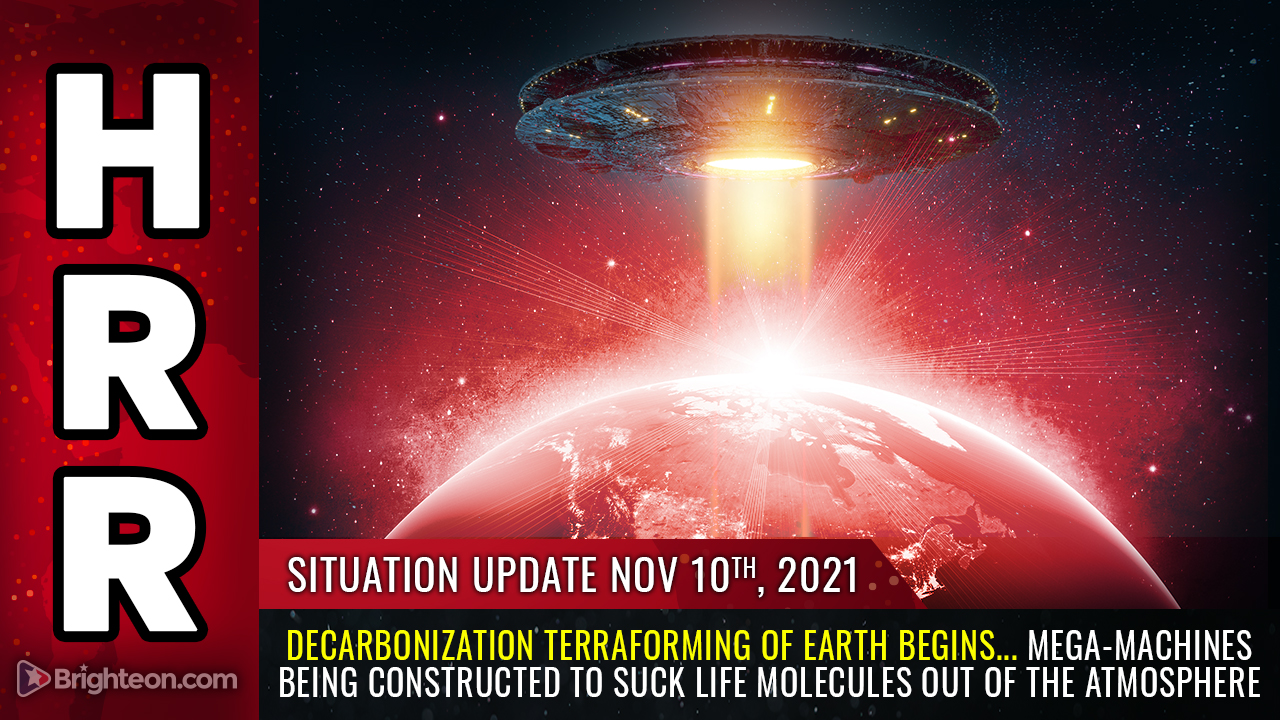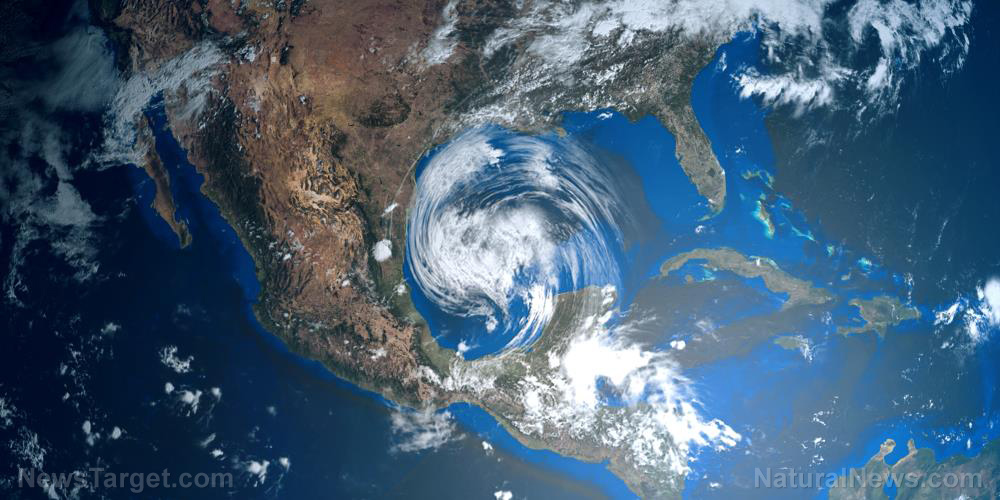
The European Space Agency (ESA) has developed an electric thruster that gathers air from the atmosphere to use as propellant. Satellites and other spacecraft can use this new propulsion system to stay in orbit around Earth – or other planets like Mars – forever, according to an article on Space.com.
Satellites can change or maintain their position in space by using either chemical rockets or electrical thrusters. Both systems use propellants, although electrical thrusters are more efficient.
The mission length of a spacecraft is dictated by its fuel capacity. A satellite can only carry so much internal fuel due to weight limitations, since its launch rocket also has a similarly limited payload.
Satellites in near-Earth orbit have to compensate for the dragging effect of the atmosphere. They burn through their fuel reserves at a faster rate.
A satellite equipped with the ESA's air-breathing electric thruster doesn't need to bring its own propellant fuel. It would skim air from the uppermost part of Earth's atmosphere and compress it into ionized gas, also known as plasma.
An electric field speeds up that plasma into a stream that is ejected out of the spacecraft to provide thrust.
"Providing atmospheric drag compensation without the use of carry-on propellant, this kind of electric propulsion would let satellites orbit at very low altitudes around Earth for very long operational time," explains project head Louis Walpot. (Related: Solar eruptions send shock waves through space; 3D models created by NASA satellites map trajectory.)
Thruster system collects atmospheric air and turns it into plasma propellant
The novel thruster incorporates a special collector that scoops up air that's moving at nearly five miles per second (nearly eight kilometers per second). Designed to capture nitrogen and oxygen for conversion into plasma energy, the collector is the key to the entire propulsion system.
According to Walpot, the collector and the thruster comprise a simple and robust passive design that takes advantage of the high speed of the spacecraft. It only needs electricity to ionize the air into plasma, and that energy can be provided by solar panels.
He also believes the air-breathing electric thruster can also work in the thinner and differently-composed atmosphere of Mars. While the spacecraft will have to fly much lower – as low as 75 miles (120 km) – it can use the carbon dioxide in Mars' atmosphere as an alternative plasma propellant.
The ESA and its partners began the project in 2015. A complete thruster was tested in a vacuum chamber that simulated the atmospheric conditions found 120 miles (200 km) above Earth.
The space agency is preparing a bigger version that is close to the size of the conventional electric thrusters mounted aboard current satellites.
"Efforts will start to look at potential applications for the technology, future missions where it would be a good fit," said Walpot.
Unlimited fuel for satellites, orbiting spacecraft
According to his statement, the air-breathing thruster is limited to in-vacuum or near-vacuum conditions. It will function at altitudes as low as 100 miles (160 km).
The thruster won't be usable for satellites that operate at much lower altitudes like the Gravity Field and Steady-State Ocean Circulation Explorer (GOCE), which orbited 150 miles (250 km) above the Earth's surface.
The GOCE tested a similar thruster that still used xenon gas as propellant. Its 40 kg of xenon lasted the better part of five years, but the satellite eventually re-entered the atmosphere and burned up.
Walpot believes the air-breathing thruster will unlock new scientific missions in near-Earth space. Satellites equipped with such propulsion systems would enjoy nearly unlimited endurance as they take incredibly detailed photos of the Earth or analyzed the constantly-changing conditions at the very edge of the atmosphere.
Visit Space.news for more articles on satellites and space exploration.
Sources include:
Please contact us for more information.





















